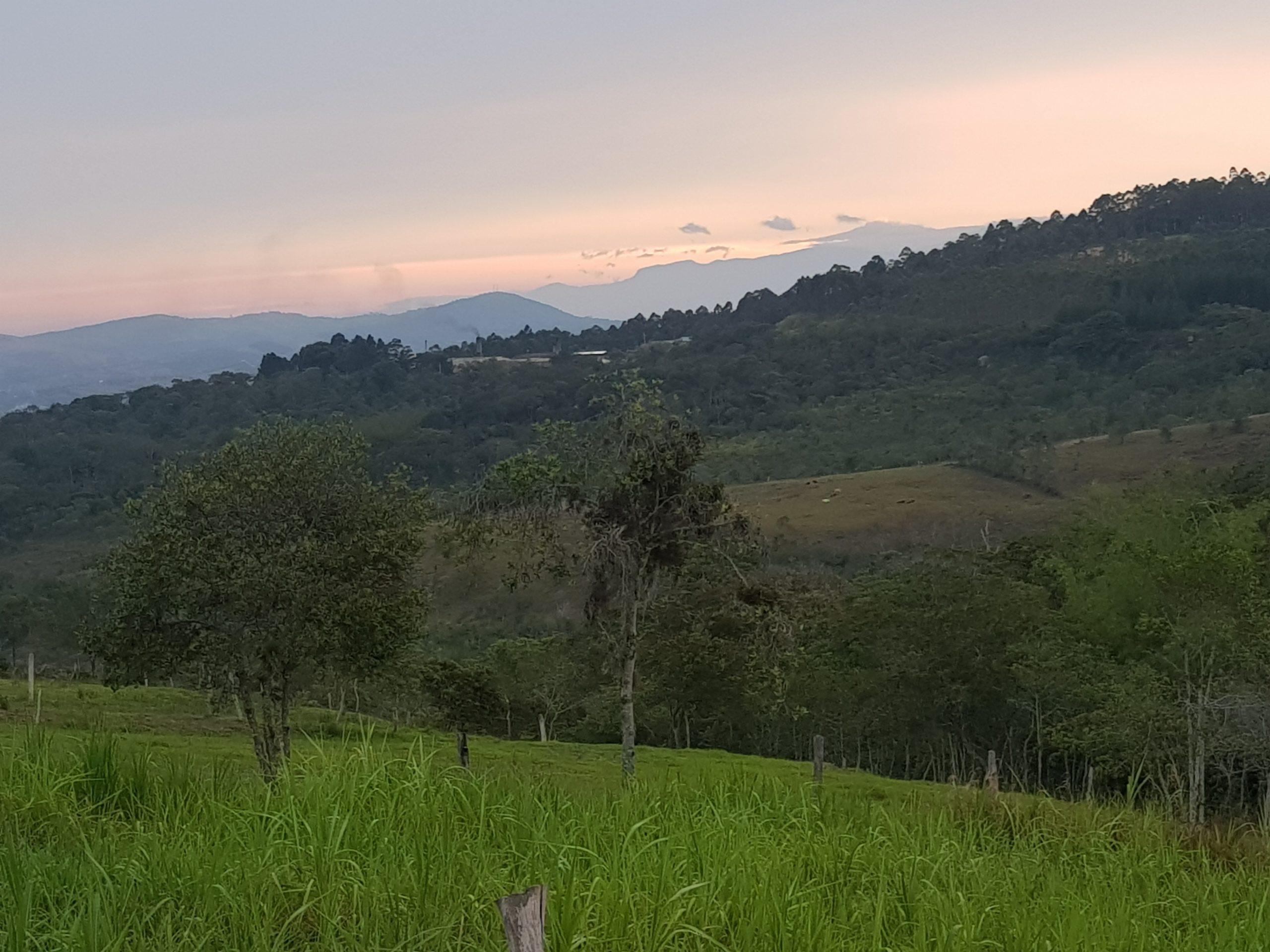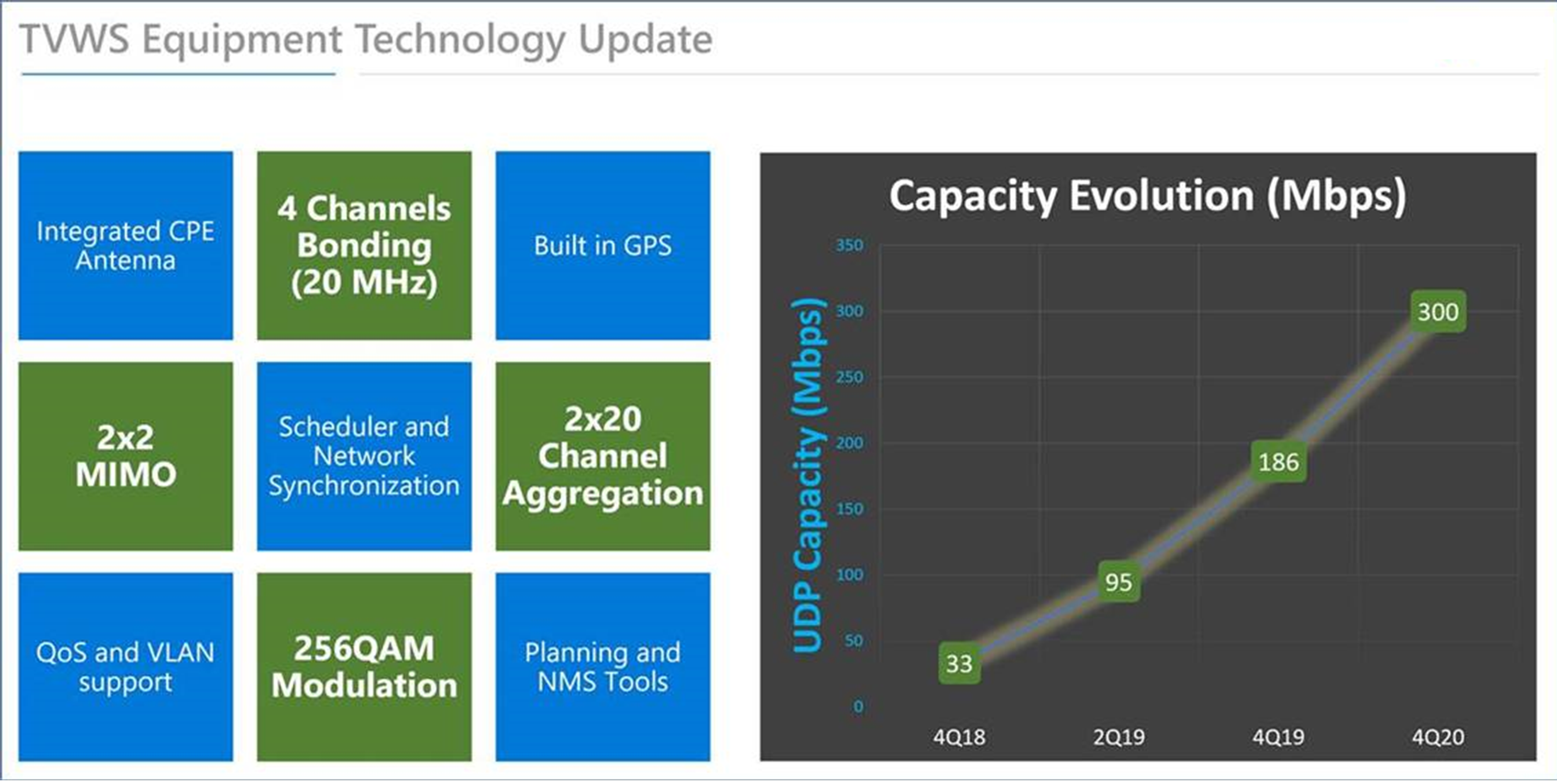 Introduction by Martha Suarez
Introduction by Martha Suarez
During these uncertain times amidst the COVID-19 pandemic, my family and I have moved to a beautiful country town in the northeast of Colombia where my father has a small farm. It is a nice place to stay during the quarantine and we feel extremely lucky to be here. However, despite the lovely landscape, the fresh air and the calm, broadband Internet access is a huge issue. Fiber optic networks and microwave links are not an option here because the users in this region are farmers and countryside households that require an affordable price and not a business-oriented solution. For now, mobile coverage using 2G and 3G technologies is the only alternative; which, at best, is enough to receive WhatsApp messages and check some emails, but it cannot sustain video calls or common telework platforms like GoToMeeting, Microsoft Teams, Zoom, etc., making working from home a big challenge.
This has been an interesting experience, and I have learned a lot about local companies who are trying to provide a better Internet service in rural regions like this one. Having spoken to multiple Internet Service Providers (ISPs), I have discovered many small, but very active companies working to provide Internet to local households. However, when I asked these ISPs about the TV White Space (TVWS) technology, they had not heard about it – despite TVWS regulations being in place in Colombia since 2017. Currently, most of these ISPs connect urban users via a fiber node that spans throughout the town. Beyond that, they use unlicensed frequencies in the 5 GHz band to reach the surrounding farms and rural houses. Unfortunately, this band is limited to locations with line of sight (LOS), which does not allow the service to be offered to all potential users in the area. When I described the capabilities of the TVWS technology, it opened their eyes! Such technology would finally allow them to reach people that are currently unserved because the links they currently use in the 5 GHz band simply don´t reach those places.
In this blog, we would like to cover the situation that we – among millions – are facing, as well as some of the most frequently asked questions among regulators regarding the TVWS ecosystem; how vast is it? How popular is the technology? What developments are being made? The answers are straightforward; the ecosystem keeps growing at a fast pace, the technology is vibrant and keeps evolving, and its deployment is gaining traction at a rapid rate. Nevertheless, we still need to reinforce the relationships with wireless internet service providers (WISPs) and let them know about new TVWS opportunities. We should also continue engaging with spectrum authorities in countries that still don’t have TVWS rules in place so that they, too, can discover the technology and benefit from it.
A Technology in Continuous Evolution and an Ecosystem that Keeps Growing
It is hard to believe that just a couple of years ago the maximum throughput of a TVWS link was about 30 Mbps; now, some TVWS radios can reach up to 186 Mbps. This evolution is due to the dedication and effort that TVWS equipment manufacturers have put into this technology, driven by an ecosystem of customers and suppliers that keeps growing. Currently, there are at least ten TVWS equipment manufacturers who are fully committed to the technology; it is these equipment suppliers, along with the increasing number of countries adopting regulations for TVWS, that are causing the ecosystem grow at an accelerated pace.

The evolution of TVWS has been made possible due to the implementation of technological enhancements that were initially envisioned for other technologies like Wi-Fi and LTE. We would like to highlight three of them:
- First, the creation of bigger bandwidth channels through channel bonding, which allows multiple contiguous TVWS channels to work as a single channel. Most manufactures allow four 6 MHz channels to be bonded for a total of 24 MHz bandwidth. Some manufacturers are also working on channel aggregation capabilities, which allow non-contiguous channels to operate as a single, larger bandwidth channel.
- Another important enhancement of these radios is the ability to work on higher modulation and coding schemes, with some of the newer radios reaching up to 256 QAM.
- Finally, the implementation of MIMO capabilities using multiple transmission and reception streams has been another key factor to increase capacity. Some of the existing radios allow 2×2 MIMO and future versions are expected to include 4×4 MIMO capabilities.
In the future, we expect other technological enhancements like beamforming and massive MIMO to be implemented on TVWS, which will result in even more robust radios with higher throughputs.
Welcoming a diverse market
Different providers harness different technologies to offer the best deployment opportunities to their customers. The collective effort in addressing demands for high-performance, low-cost TVWS technologies – especially in areas with non-line of sight (NLOS) – emphasizes the need for such solutions and reinforces their importance on an industrial scale. This is crucial to developing a strong TVWS ecosystem and tackling present industry challenges. Currently, the availability of different TVWS equipment is relatively low as manufacturers struggle to localize their offices to the regions which they service, even in countries that already have TVWS regulations in place. Thus, the awareness and desire generated by the existence and growth within the TVWS trade will enable regional end-users to benefit as WISPs compete to deploy the best and the most cost-effective solutions to their customers in the shortest period of time.
The DSA is thrilled to see the movement towards far-reaching deployment realized as more companies become recognized and dynamic spectrum access technology is driven into the mainstream. We congratulate members and non-members alike for contributing to this breakthrough journey and look forward to seeing spectrum made more accessible as regulations progress as a result of their help in facilitating its implementation and adoption.